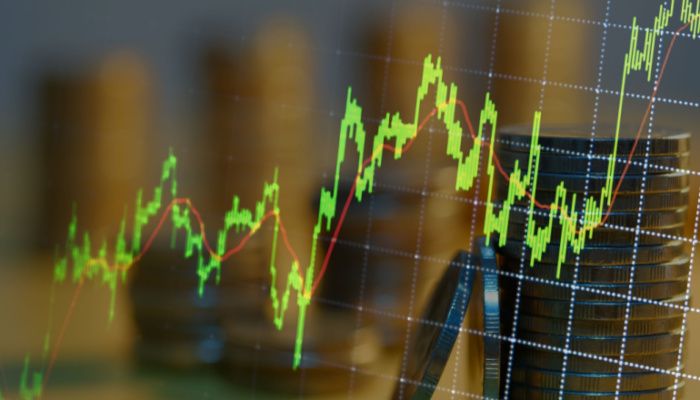A sharper-than-expected rise in US consumer prices in May fueled investor concerns about more aggressive interest rate hikes.
US stocks rallied in recent weeks on investors' expectations that a possible peak in inflation may have already happened, which would allow the Fed to become less aggressive in its monetary policy.
But now that markets are betting that the US central bank will raise rates by at least 50 basis points at its next three meetings, expectations of a less aggressive Fed are fading, and many investors believe more stock falls are expected.
But, if we stick strictly to the published figures, the rebound has occurred in the CPI data, which rose to 8.6% from the previous 8.3%, motivated mostly by the gasoline price increase driven by the Russia-Ukraine conflict. However, this month's core CPI figure (excluding food and energy) fell again from the maximum of 6.5% in April. Therefore, two consecutive months of decline suggests that inflation seems to have reached a peak beyond the rise in energy prices and is not transmitted to the rest of the products.
Even so, the market went into panic mode, anticipating more aggressive rises in interest rates: the US 10-year bond yield rose to 3.15%, and stock markets fell sharply.
The S&P 500 is already down 18.2% this year, again approaching the 20% drop from all-time highs that many investors consider a bear market.
The market had already been in an extremely risk-sensitive mode after the European Central Bank surprised the market with a more hawkish-than-expected announcement that precipitated the fall of European peripheral bonds and the collapse of the Euro.
The fear of runaway inflation is what predominates in the market. In reality, at the moment, everything depends to a large extent on the evolution of oil prices and its derivatives, something that is extremely volatile and could reverse at any time.
One of the assets that reacted suddenly was Gold, a hedge against inflation that rose $23 to the $1871/ounce zone, a resistance level where the 100-day moving average passes.
Sources: Bloomberg, Reuters
